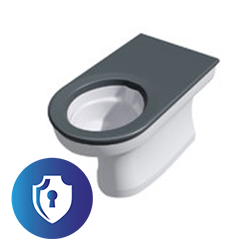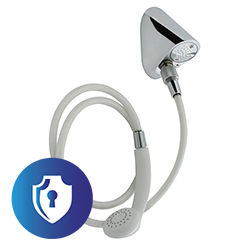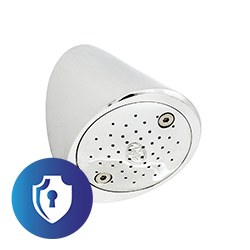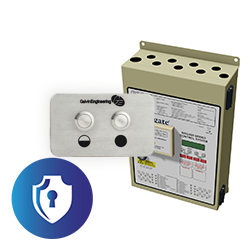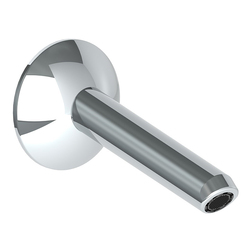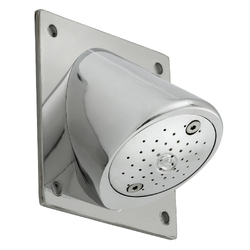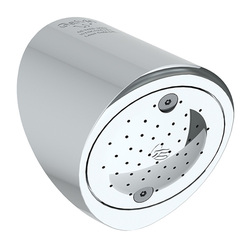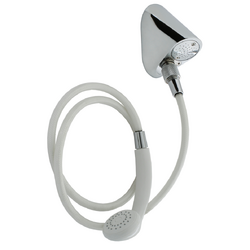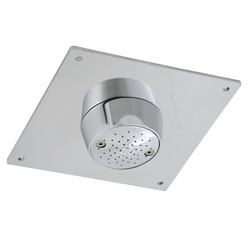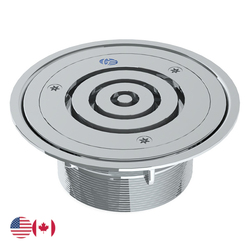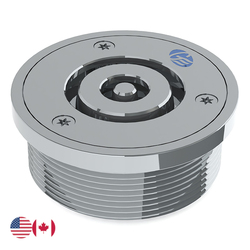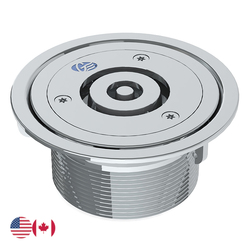Anti-ligature/ligature resistant design is essential to reduce the risk of self-harm in high-risk environments. This involves eliminating or minimising attachment points where a ligature could be tied or looped. Fixtures such as taps, shower heads, and grab rails must be designed with smooth contours and minimal gaps to prevent such risks.
By eliminating or minimising attachment points, ligature resistant design helps to:
- protect lives by reducing opportunities for self-harm
- enhance staff safety by lowering the risk of emergency incidents
- support duty of care obligations for facility operators
- ensure compliance with custodial facility standards and guidelines



